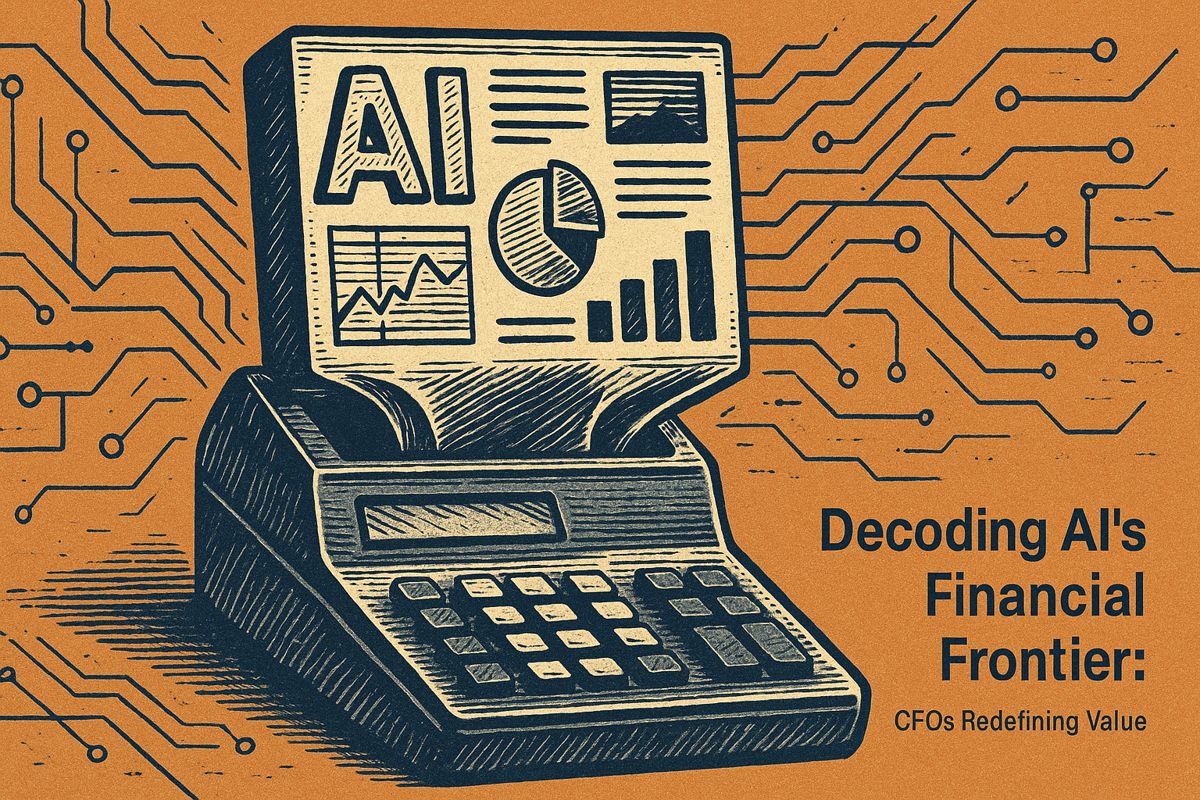In 2025, AI meeting notetakers still face big trust issues. They often confuse ideas with real decisions, share private info by mistake, and can’t catch jokes or sarcasm. Though editing tools and privacy controls have improved, people still have to check notes for important meetings. Most big companies use these AI tools, but not for sensitive talks. To stay safe, teams should use AI only for simple meetings, keep private mode on, and always double-check summaries before sharing.
What are the main trust and reliability issues with AI meeting notetakers in 2025?
AI meeting notetakers in 2025 still struggle with contextual accuracy, privacy risks, and social nuance – misinterpreting brainstorming as decisions, exposing sensitive data, and failing to understand tone. While compliance controls and editing tools have improved, manual human review remains essential for high-stakes meetings.
The promise of AI-powered meeting notetakers is simple and seductive: never lose an insight, never forget an action item. Yet a 2025 comparison of the most widely adopted tools – MeetGeek, Fathom, tl;dv, Jamie and others – shows that reliability and trust are still open questions.
| Capability | What Vendors Promise | Current Reality (2025) |
|---|---|---|
| Contextual accuracy | “Understands the why behind every statement” | Misinterprets hypotheticals as final decisions; confuses brainstorming with commitment |
| Sensitive-data handling | “Enterprise-grade privacy” | Some bots accidentally broadcast confidential remarks to all attendees after a single click |
| Human-level filtering | “Automatic, tailored summaries” | Requires manual review for high-stakes meetings; averages 12 % of generated notes are edited before being shared |
Where AI still stumbles
-
Hypothetical vs. real decisions
A phrase such as “What if we doubled the budget?” is often archived as “Team approved budget increase”. Sales teams at two Fortune-500 companies told The Business Dive they now block sensitive pipeline reviews from AI notetaking platforms for exactly this reason. -
Audience boundaries
AI systems lack an innate sense of who may see what. Jamie’s own 2025 audit (via their blog) found 7 % of transcripts shared with all participants included “confidential” or “internal only” tags that humans had intended to keep private. -
Social nuance
Human note-takers instinctively gauge tone, sarcasm and side-remarks. AI tools treat every spoken word as on-record. During a product-launch dry-run, one Granola transcript captured a manager’s off-hand joke as an official deadline, leading to a last-minute scramble.
What has improved
- Compliance controls: Tools like Krisp now offer “bot-free” operation – capturing audio locally without joining the meeting – and immediate deletion of files after transcription (Krisp AI).
- Language support: The leading platforms cover 40-50 languages and integrate directly with Zoom, Teams and Google Meet, making rollout to global teams frictionless.
- Hybrid editing: Granola and MeetGeek let users layer human notes on top of AI drafts, cutting edit time by 40 % compared with last year (Zapier comparison).
Adoption snapshot
- Market size: USD 11.11 billion in 2025, up 16 % year-on-year (SuperAGI).
- Enterprise traction: 68 % of Fortune-1000 companies now pilot at least one AI notetaker, but only 31 % allow them in HR, legal or board-level calls due to privacy concerns.
- AI-to-human ratio: For internal updates, AI summaries require 0.4 minutes of human review per meeting minute; for customer-facing or regulatory meetings, the ratio jumps to 2.3 minutes.
Practical playbook for risk-averse teams
- Segment meeting types
Use AI for recurring stand-ups and status calls; keep manual notes for strategic planning or HR discussions. - Enable “private mode”
Choose tools that process audio on-device to avoid cloud uploads. - Add a 30-second sanity check
In a 2025 study, teams that skimmed AI summaries before sharing cut factual errors by 62 %.
Why do AI meeting notetakers still misinterpret key decisions?
Even in 2025, the leading tools – from MeetGeek to tl;dv – regularly confuse hypothetical brainstorming with final decisions. Their NLP engines have grown better at summarizing what was said, yet they still struggle with why it was said. According to current reviews, this leads to summaries that misrepresent actual outcomes or assign phantom action items weeks after the discussion ended.
How serious is the accidental-sharing risk?
Very. AI systems continue to lack social radar. A remark shared in confidence can instantly become a mass-distributed note because the model cannot read audience boundaries or organizational norms. Enterprise users report that these gaps make the tools unsafe for board meetings, HR reviews, or client calls without human pre- and post-filtering.
Which privacy controls have actually improved?
Vendors are now racing to delete audio immediately after transcription and offer bot-free capture that never appears as an additional meeting participant. Products like Jamie promote GDPR-compliant processing, while Krisp captures audio locally to reduce exposure. Still, transparency about long-term storage remains uneven across providers.
What is the realistic adoption rate in large enterprises?
The global market for AI note-takers is projected to hit $11.11 billion by the end of 2025, with 16.5 % growth this year alone. Legal, healthcare, and financial firms are the fastest adopters, but regulated industries keep usage limited to low-risk internal syncs until clearer compliance standards emerge.
How should teams balance automation with human oversight?
Experts now recommend a human-in-the-loop model:
– Let AI draft summaries and extract action items.
– Require a quick human edit before sharing.
– Use custom prompts to tailor outputs to each team’s jargon and risk level.
This hybrid approach delivers the time savings of automation while avoiding the trust gaps that still plague fully automated systems in 2025.



















